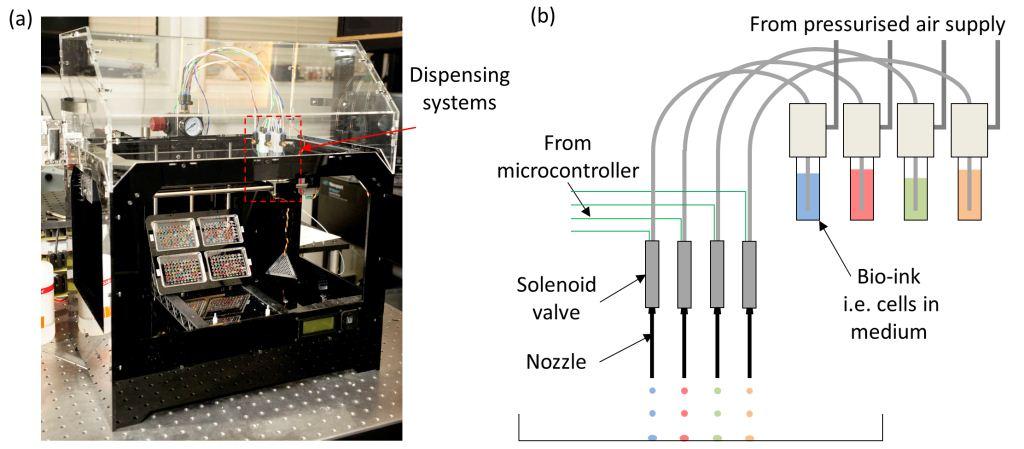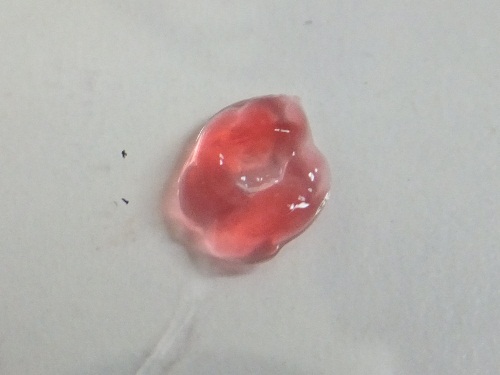Postgraduates of Biological Chemistry, Biophysics and BioengineeringSociety
3D/4D Live Cell Printing
Abstract
In recent years, the use of a simple inkjet technology for cell printing has triggered tremendous interest and established the field of biofabrication. A key challenge has been the development of printing processes which are both controllable and less harmful, in order to preserve cell and tissue viability and functions. This project develops valve-based cell printing platforms that have been validated to print highly viable cells in programmable patterns from up to four different bio-inks with independent control of the volume of each droplet (with a lower limit of 2 nL or fewer than 5 cells per droplet).
The ability to create precise in vitro cultures of cells is essential for replicating the in vivo microenvironment. For example, a culture of cancer cells can help us to gain further understanding of the influence of spatial and geometric locations on cancer induction, proliferation, and metastasis. A number of studies have shown that certain cells require a three-dimensional structure in order to function properly. In vitro studies have shown that hepatocytes cultured as a monolayer lost many of their liver-specific functions after a few days, but those cultured with a layer of collagen gel in a “sandwich configuration” were able to retain their liver-specific functions for weeks. Therefore, if more complex structures such as those found in organs were to be printed, the cell printer would need the ability to transfer mesoscopic patterns of viable cells into well-defined three-dimensional arrays that closely mimic the tissue structure.
Researchers
Figure 1: (a) Photograph of the cell printer system; (b) Detailed schematic of the four dispensing systems.
Figure 2: A printed 3D annulus of cell-laden hydrogel measuring 5 mm in radius.



